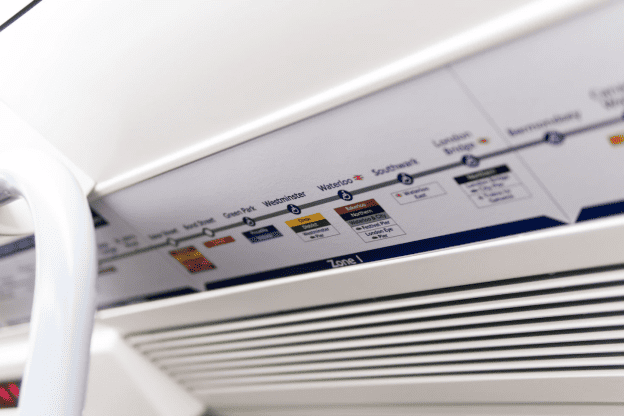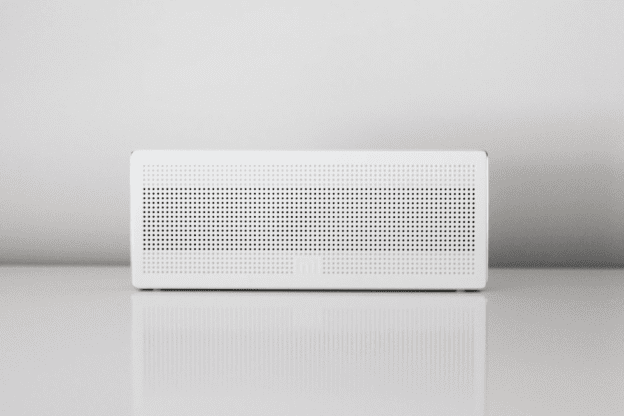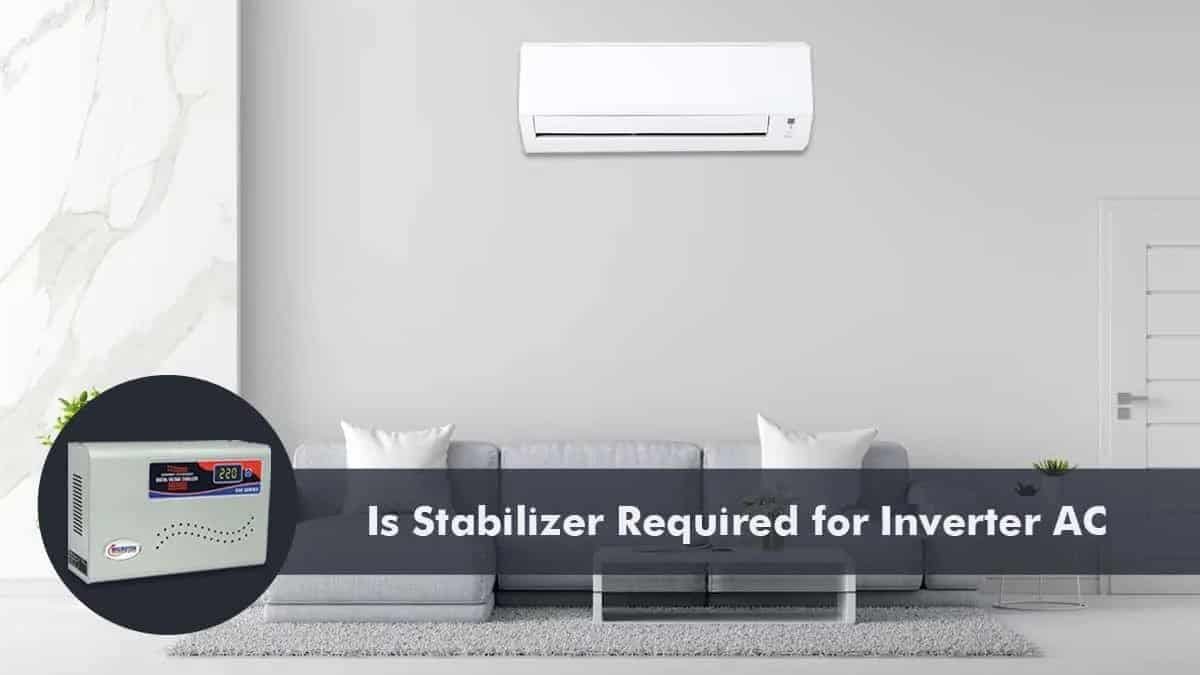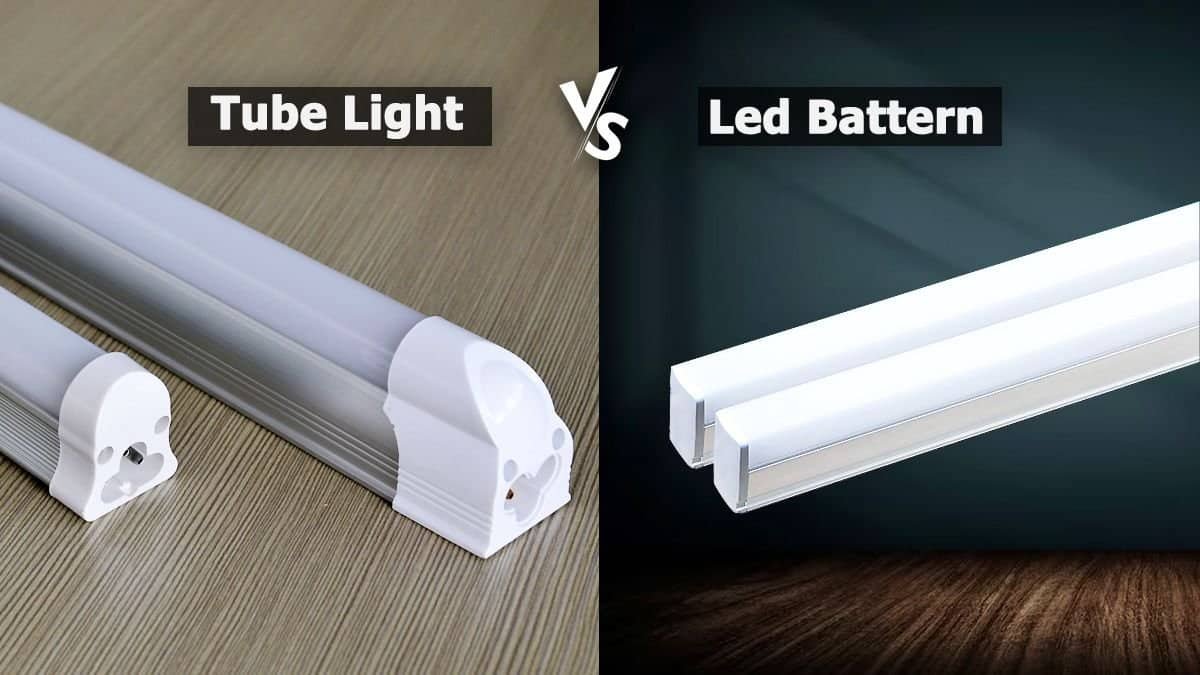Air conditioning systems are vital in maintaining comfort and indoor air quality, especially in regions with extreme weather conditions. Various ratings and labels help consumers decide when choosing an air conditioner. Among these, the ISEER (Indian Seasonal Energy Efficiency Ratio) rating is a key parameter for assessing the energy efficiency of air conditioners in the Indian market. This comprehensive guide will explore what is ISEER rating and its significance, and compare it to related ratings such as EER (Energy Efficiency Ratio) and SEER (Seasonal Energy Efficiency Ratio). We will also discuss how to interpret these ratings and what to look for when purchasing an air conditioner.
Table of Contents
What is ISEER Rating?
The ISEER rating, or Indian Seasonal Energy Efficiency Ratio, is a metric used to measure the energy efficiency of air conditioners in India. It is designed to provide consumers with a standardized way to assess the energy performance of air conditioning systems under different seasonal conditions. This rating is particularly important in a country like India, where climatic conditions can vary widely from one region to another and throughout the year.
What is the EER Rating?

Before delving into ISEER, it’s important to understand the concept of EER, or Energy Efficiency Ratio. EER is a straightforward rating that measures an air conditioner’s energy efficiency under specific conditions. It is calculated by dividing the cooling capacity (in British Thermal Units or BTUs) of the air conditioner by its power consumption (in watts) at a given point in time. The formula for EER is as follows:
EER = Cooling Capacity (BTUs) / Power Consumption (Watts)
EER is typically measured under steady-state conditions, meaning the air conditioner runs at full capacity. However, EER does not account for the variation in cooling loads that occur in the real world, especially in a country like India with varying climatic conditions throughout the year.
EER Calculation
To calculate EER, you need the cooling capacity and power consumption values at a specific point in time. The manufacturer usually provides the cooling capacity in BTUs, and the power consumption can be measured in watts. You can then use the formula mentioned earlier to calculate the EER. Remember that EER is a static measure and does not consider seasonal variations in efficiency.
What is SEER Rating?

SEER, or Seasonal Energy Efficiency Ratio, is a more advanced rating system compared to EER. It takes into account the dynamic nature of air conditioner operation in different seasons. SEER is widely used in countries like the United States and is becoming increasingly relevant in India.
SEER is calculated by considering the energy consumption and cooling output over an entire cooling season, which typically consists of various temperature conditions. The SEER rating accounts for part-load operation and adjusts for changing conditions throughout the year, providing a more accurate reflection of an air conditioner’s energy efficiency.
Problem with EER Rating
While EER is a valuable metric for understanding an air conditioner’s energy efficiency under specific conditions, it has limitations. EER does not consider the dynamic nature of climate and cooling requirements, a significant issue in India, where temperatures can vary dramatically from season to season.
SEER Calculation
SEER is calculated by dividing the total cooling output (in BTUs) over an entire season by the total energy consumption (in watt-hours). The formula for SEER is as follows:
SEER = Total Cooling Output (BTUs) / Total Energy Consumption (Watt-Hours)
SEER considers the seasonal variations in temperature and load, making it a more accurate representation of an air conditioner’s efficiency in real-world conditions.
What is ISEER Rating: Explained

Now that we understand EER and SEER, let’s focus on ISEER. ISEER, as mentioned earlier, stands for Indian Seasonal Energy Efficiency Ratio. It is a rating specific to the Indian market and addresses the challenges posed by the country’s diverse climate.
ISEER measures the seasonal energy efficiency of air conditioners in India, considering both part-load and full-load operation. This rating system accounts for the variations in temperature and cooling requirements throughout the year, making it a comprehensive measure of an air conditioner’s performance in the Indian context.
Problem with SEER Rating
While SEER is a robust and relevant rating system, it may not fully address the energy efficiency challenges faced by air conditioners in India. The Indian climate is characterized by extreme variations in temperature and humidity, which can significantly affect an air conditioner’s performance. SEER, designed for milder climates, may not accurately reflect the energy efficiency of units operating in India’s harsh conditions.
ISEER Calculation
The calculation of ISEER involves a complex analysis of an air conditioner’s performance under different Indian climatic conditions. It considers the part-load and full-load energy efficiency and the variations in temperature and humidity. The formula for ISEER is more intricate than EER or SEER, requiring extensive testing and data collection by manufacturers to determine the rating.
Significance of ISEER Rating

The significance of the ISEER rating lies in its ability to provide consumers with a reliable benchmark for choosing an energy-efficient air conditioner that can perform well under the diverse climatic conditions in India. Unlike EER, which only considers peak performance, and SEER, designed for milder climates, ISEER offers a more relevant metric for Indian consumers. It helps reduce energy consumption and electricity bills while maintaining comfortable indoor conditions.
ISEER Mandatory Requirement
Recognizing the importance of energy efficiency in cooling solutions, the Bureau of Energy Efficiency (BEE) in India has made ISEER mandatory for air conditioners sold. This regulation ensures that all air conditioning systems comply with a minimum energy efficiency standard, reducing the environmental impact and helping consumers save on energy costs.
BEE Star Rating
In addition to ISEER, the BEE also introduced the BEE Star Rating system, which rates appliances based on their energy efficiency. The BEE Star Rating ranges from 1 to 5 stars, with a higher number of stars indicating a more energy-efficient appliance. Consumers can use the BEE Star and ISEER ratings to make informed choices when purchasing air conditioners. Higher star ratings signify both better energy efficiency and potential cost savings.
Changing Ratings
As technology advances and manufacturers develop more energy-efficient air conditioning systems, the ISEER and BEE Star Ratings may change. Consumers must stay updated on the latest ratings to ensure they purchase the most efficient models available.
What to Look for When Purchasing AC?

When purchasing an air conditioner, several factors must be considered to make an informed decision and maximize energy efficiency.
AC Tonnage
The air conditioner’s tonnage should match the room’s size or space it will be cooling. An undersized unit will struggle to maintain comfortable temperatures, leading to increased energy consumption, while an oversized unit may cycle on and off frequently, reducing efficiency.
AC Type
Choose the type of air conditioner that suits your needs. Options include split ACs, window ACs, and central ACs. Split ACs are more energy-efficient and provide installation flexibility, while window ACs are typically more budget-friendly. Central ACs are suitable for cooling larger spaces or entire homes but may require a higher initial investment.
Choosing the Latest Model
Selecting a recent model with advanced features and technology can improve energy efficiency. Newer models often come with improved compressors, inverter technology, and better insulation, contributing to energy savings.
Checking BEE Star Rating and ISEER Rating
Always check the BEE Star and ISEER ratings when purchasing an air conditioner. Higher star ratings and ISEER values indicate better energy efficiency and potential cost savings over the long term.
Benefits of Higher ISEER Rating
Opting for an air conditioner with a higher ISEER rating offers several benefits:
- Energy Savings: Higher ISEER-rated units consume less electricity, lowering energy bills.
- Environmental Impact: Reduced energy consumption contributes to a smaller carbon footprint, which benefits the environment.
- Long-Term Savings: While units with higher ISEER ratings may have a slightly higher initial cost, the long-term savings on energy bills often outweigh this initial investment.
- Improved Comfort: More efficient air conditioners provide consistent and comfortable cooling, even during extreme weather conditions.
- Regulatory Compliance: By choosing a high ISEER-rated air conditioner, you comply with the BEE’s mandatory requirements and contribute to India’s energy efficiency goals.
In conclusion, the ISEER rating plays a crucial role in helping consumers in India make informed decisions when purchasing air conditioners. It considers the unique climatic conditions of the country and provides a more accurate representation of an air conditioner’s energy efficiency. Combined with the BEE Star Rating, it is a valuable tool for reducing energy consumption, lowering electricity bills, and promoting environmental sustainability. It’s important to consider factors such as AC tonnage, type, model, and, most importantly, the ISEER and BEE Star Ratings to make the most energy-efficient choice.
We Suggest: Top 5 Air Conditioners with High ISEER Ratings for Summer
To help you make the best choice, we’ve carefully selected five air conditioner models that stand out for their exceptional ISEER (Indian Seasonal Energy Efficiency Ratio) ratings. These models not only offer superior cooling performance, but they are also energy-efficient, ensuring that you stay comfortable without breaking the bank. Keep an eye out for our recommendations to beat the heat in style this summer.
Daikin 1 Ton 5 Star Inverter Split AC (Copper, PM 2.5 Filter, 2022 Model, MTKM35U, White)

Voltas 2 Ton 5 Star, Inverter Split AC(Copper,4-in-1 Adjustable Mode, Anti-dust Filter, 2023 Model, 245V Vectra Plus, White)

Blue Star Air Conditioner |2 Ton 5 Star | Inverter Split AC | IA524DNU | 2022 | White

Voltas 1 Ton 5 Star, Inverter Split AC(Copper, 5-in-1 Adjustable Mode, Anti-dust Filter, 2023 Model, 125V Vertis Emerald Marvel, White)

Blue Star 1 Ton 5 Star Fixed Speed Window AC 2023

Also read
- Using AC in Kitchen: Is It a Good Idea?
- How to Hide or Decorate Split AC Pipe
- Cooling Your Space: Selecting the Right AC Capacity Based on Room Size
Frequently Asked Questions
How does the ISEER rating impact my electricity bills?
The ISEER rating directly affects your electricity bills. Air conditioners with higher ISEER ratings are more energy-efficient, which means they consume less electricity to provide the same level of cooling. This results in significant cost savings on your monthly electricity bills. Using a high ISEER-rated AC can also make you eligible for rebates and incentives, as government programs often promote energy-efficient appliances. Therefore, choosing an air conditioner with a higher ISEER rating reduces your environmental impact and positively impacts your finances.
Is the ISEER rating the same as the BEE Star Rating?
No, the ISEER rating and the BEE Star Rating are not the same but are related. The ISEER (Indian Seasonal Energy Efficiency Ratio) rating specifically measures the seasonal energy efficiency of air conditioners in India. On the other hand, the BEE Star Rating is a broader system used to rate the energy efficiency of various appliances, including air conditioners. The BEE Star Rating ranges from 1 to 5 stars, with a higher number of stars indicating a more energy-efficient appliance. Consumers can use both ratings to make informed choices when purchasing air conditioners, with higher ISEER values and star ratings indicating better energy efficiency.
How can I check the ISEER rating of an air conditioner before purchase?
You can find the ISEER rating of an air conditioner in the product’s specifications and on the energy label provided by the manufacturer. Most air conditioners in India are required to display their ISEER ratings prominently on the product, making it easy for consumers to compare and make informed decisions. Additionally, you can visit the Bureau of Energy Efficiency (BEE) website or use their mobile app to access the latest ISEER ratings for various air conditioner models. Check the ISEER rating to ensure you select an energy-efficient unit that suits your needs.
What is the impact of the ISEER rating on the environment?
The ISEER rating has a significant impact on the environment. Air conditioners with higher ISEER ratings are more energy-efficient, which means they consume less electricity and reduce the overall demand for power generation. This reduces carbon footprint and decreases greenhouse gas emissions, contributing to environmental sustainability. Additionally, using energy-efficient appliances, including air conditioners, aligns with the global effort to mitigate climate change. By choosing an air conditioner with a high ISEER rating, you are saving on energy costs and playing your part in reducing the environmental impact of cooling solutions.





